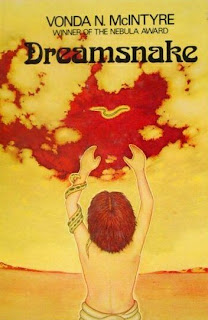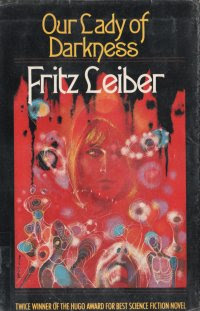
Science fiction movies made a giant leap in the late 70s, and it seems that every year from ’77 to the early nineties produces at least one incontrovertible classic. Alien, Ridley Scott’s blending of space travel and horror, is about as incontrovertible as it gets.
The world of Alien is basically the opposite of Star Trek’s. Our heroes are deep space prospectors – blue collar miners who work for a giant, amoral corporation. There is no faster-than-light travel, and instead, the crew of the ship Nostromo goes into stasis for the long journeys they must undertake in the hopes of a decent profit. They are awakened by a strange transmission and dispatched by the corporation to investigate. They land and find a large alien spaceship, its giant crewmen apparently violently killed. There are other odd signs, and eventually a parasitic organism latches onto the face one of the miners. If you’ve somehow managed to avoid spoilers for this film, I won’t say much more. Suffice it to say, we get one of the most shocking scenes in film history, and before long, the crew of the Nostromo find themselves being knocked off one by one while the titular being chases them around the ship, slasher-movie style.
There are some fantastic performances here – this was, of course, a breakout role for Sigourney Weaver, but Ian Holm, John Hurt, and Tom Skerritt are also fantastic, as is Homicide’s Yaphet Kotto. The real appeal of this film, however, is the mood. The sets are wonderfully gritty and run-down, and the scenes exploring the crashed alien ship, designed by H. R. Giger, are awe-inspiring. For the first hour, this may be the greatest science fiction film ever made. From there, at least for me, the film loses a lot of its appeal. I’m not a big fan of the slasher formula, and Scott stretches the tension well beyond the breaking point. If you are a horror fan though, as well as a science fiction fan, and you have somehow missed this film, I can pretty much guarantee that you’ll love it.
Grade: A










